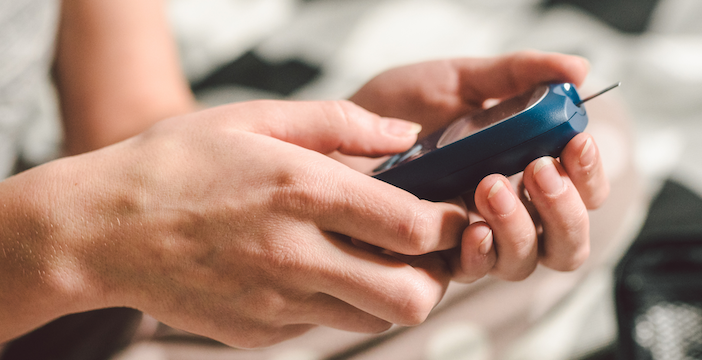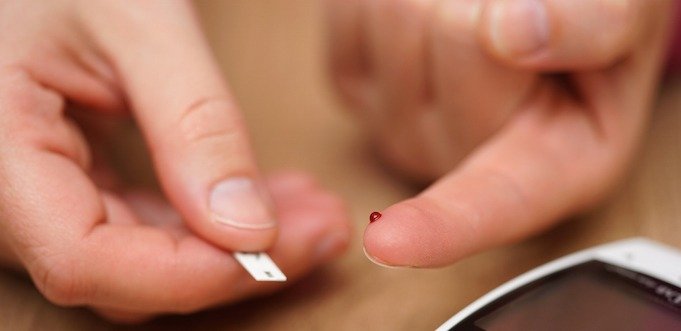
Have you ever wondered why you sometimes have high blood sugars in the morning for no apparent reason? You might be experiencing something called “the dawn phenomenon.” This term is used to describe abnormally high early-morning blood sugar levels – which usually occur between 2:00 a.m. and 8:00 a.m. – in people with diabetes.
What should blood sugar (glucose) levels be in the morning?
| Time of day | Target blood sugar levels |
| Fasting (before breakfast) | 4 to 7 mmol/L |
What causes the dawn phenomenon?
While the reasons for the dawn phenomenon are not yet completely understood, some researchers believe that the natural overnight release of “counter-regulatory hormones” (these are hormones that work against the action of another hormone, in this case insulin) increase the body’s insulin resistance, causing blood sugar levels to rise. Counter-regulatory hormones include cortisol, glucagon and epinephrine, all of which can increase blood glucose levels.
Your blood sugar levels might also increase overnight if you do not take enough insulin the night before, or take too low a dose of other diabetes medications. Another reason why the dawn phenomenon might occur is if you consume a snack right at bedtime that contains carbohydrate.
Determining if you are experiencing the dawn phenomenon
If you have persistently high blood sugars in the morning, start gathering the facts to help you understand what might be happening.
Check your blood sugars once during the night – around 3 a.m. or 4 a.m. – for two or three nights in a row, or at least over the course of a week. As well, test your morning blood sugar levels before breakfast, over that same period of time.
Once you have recorded all these results, book an appointment with your healthcare team so that together you can analyze the results and determine if you have the dawn phenomenon, or if there’s another reason for an elevated morning blood sugar.
What can I do about the dawn phenomenon?
There are a number of things you can do to help prevent or correct overnight high blood sugar levels, including medications and lifestyle changes.
Medication
Your healthcare team might adjust the dose of your insulin or other diabetes medications, or even switch you to a different medication. As well, they might advise you to start taking your insulin or medication at bedtime rather than at dinnertime.
People with type 1 diabetes who use an insulin pump can program it to administer extra insulin during the early-morning hours.
All of these decisions should be made by both you and your healthcare team, to ensure that they work for your individual diabetes management plan and are compatible with your lifestyle
Lifestyle
In order to keep your overnight blood sugar levels in their target range, you could consider eating dinner early in the evening – finishing, say, before 6:30 p.m. or 7 p.m. if your bedtime is 11 p.m.
You could also think about eating fewer carbohydrates at night. If you’re hungry for a bedtime snack, opt for foods that won’t raise your blood glucose – for example, a handful of unsalted nuts, a chunk of low-fat cheese or a hard-boiled egg.
Physical activity is known to help lower blood glucose levels, so consider doing a little exercise after you have eaten dinner. Take a walk or bicycle around the block, practise yoga, or spend some time on a stationary bike after you eat. Even a few minutes can make a difference!
Getting to the bottom of overnight blood sugar highs is important for your overall health. Persistent highs over a long period of time can cause diabetes complications. Taking steps to correct them now can help you prevent or avoid complications later.



